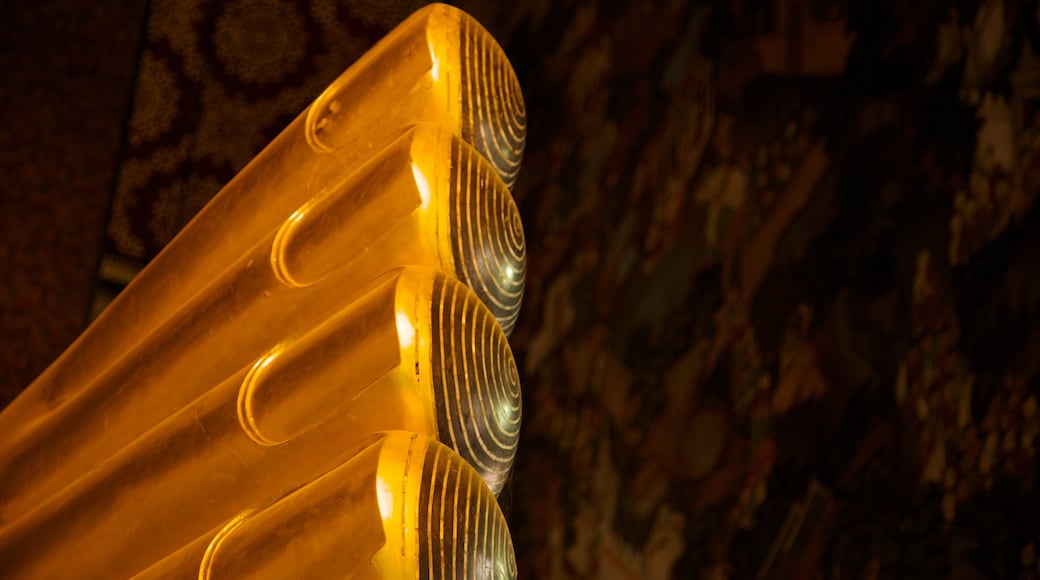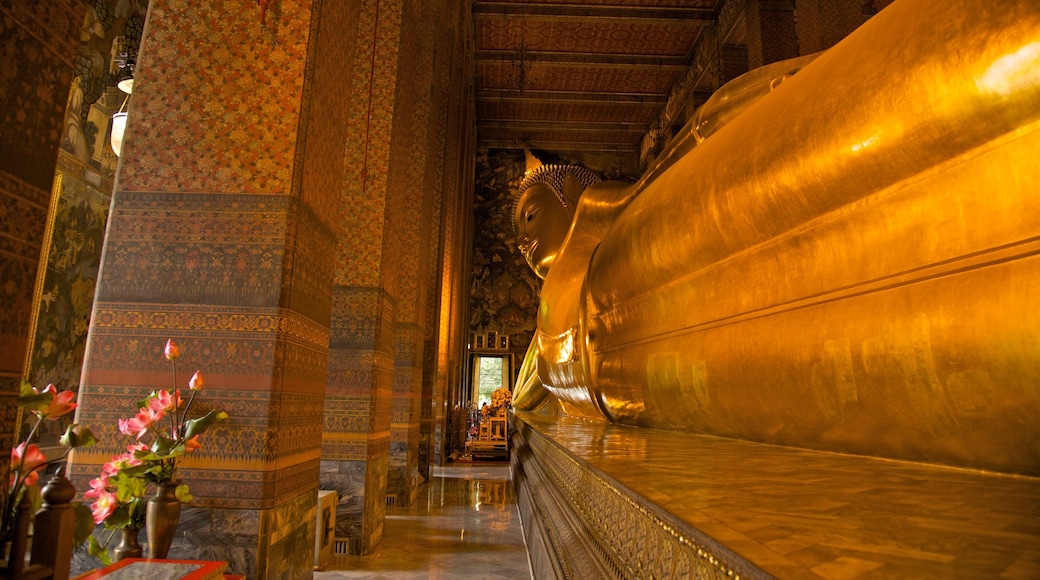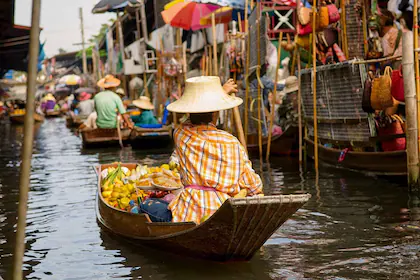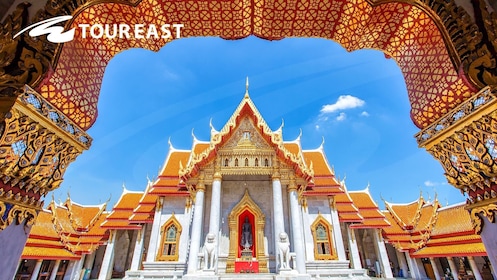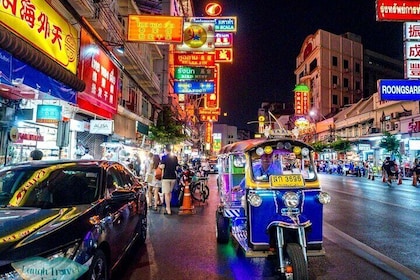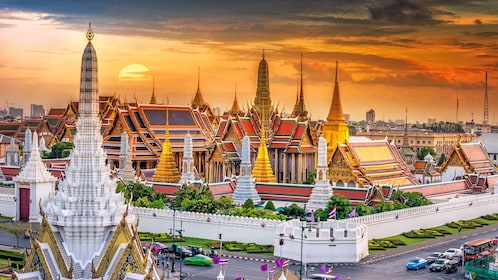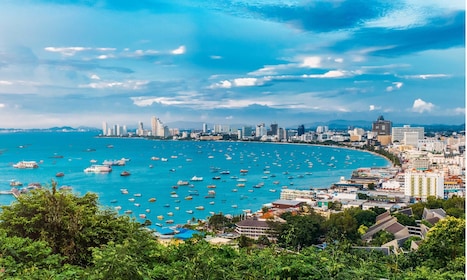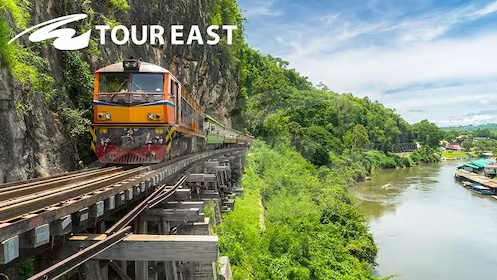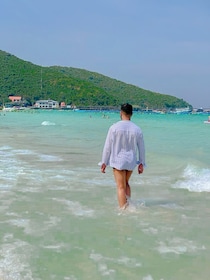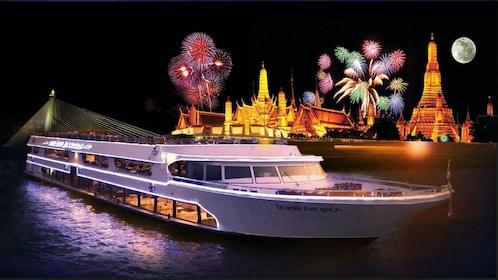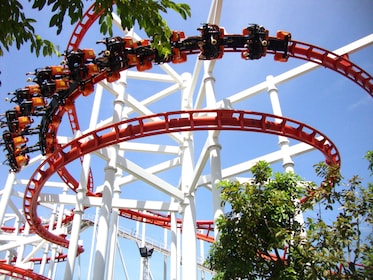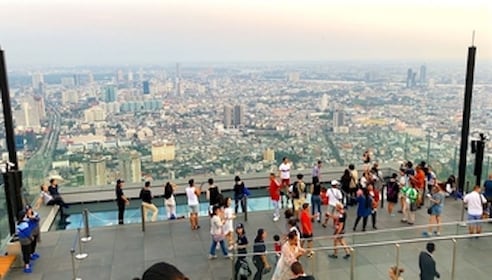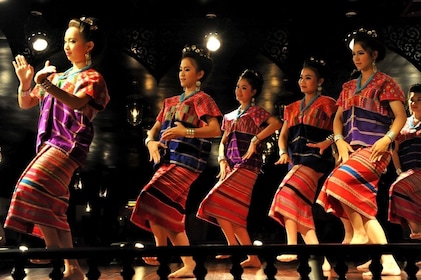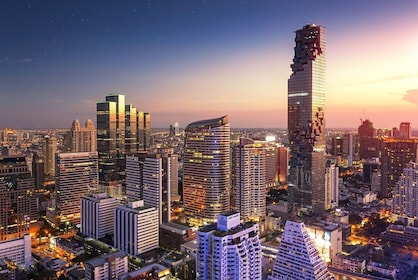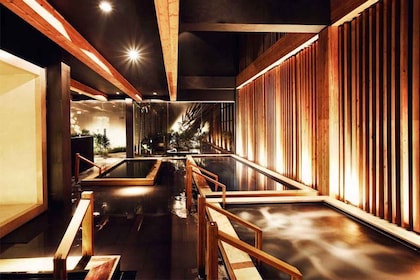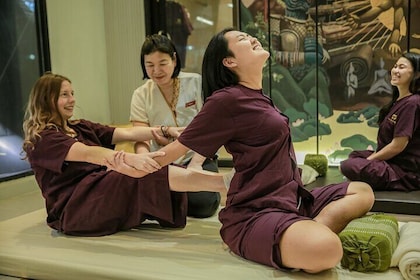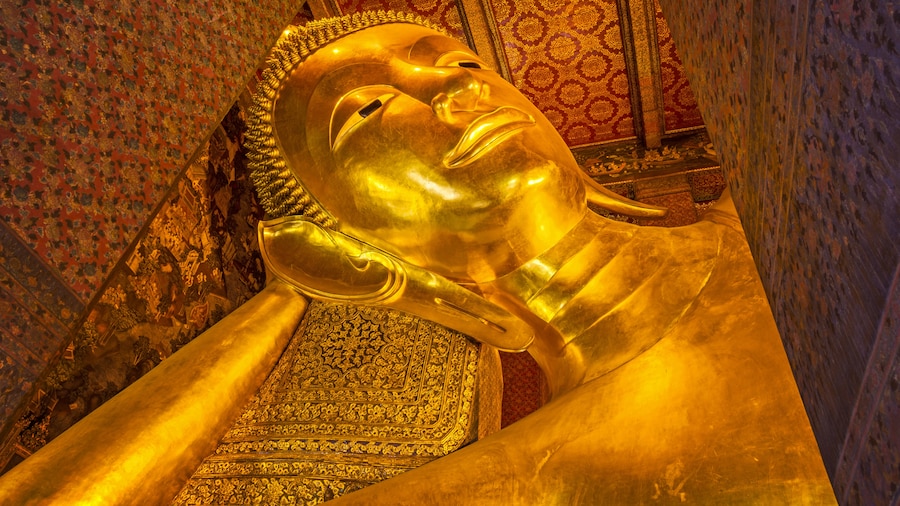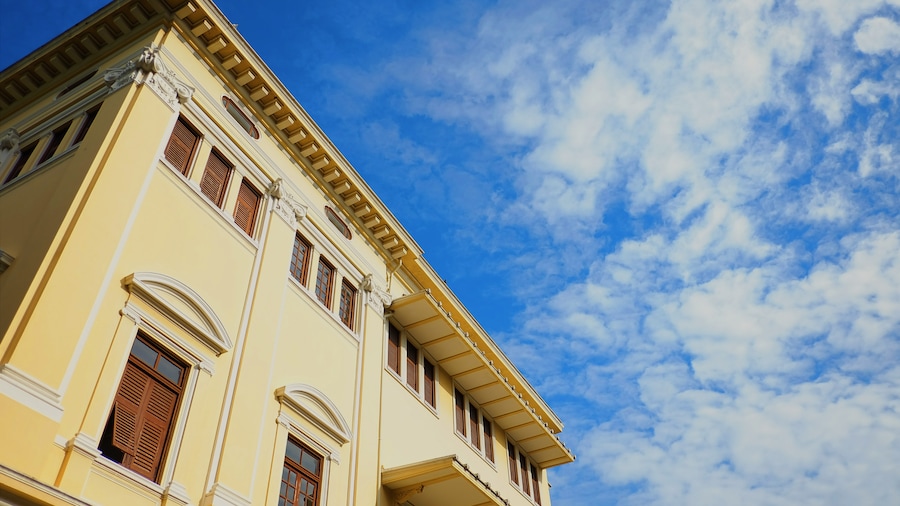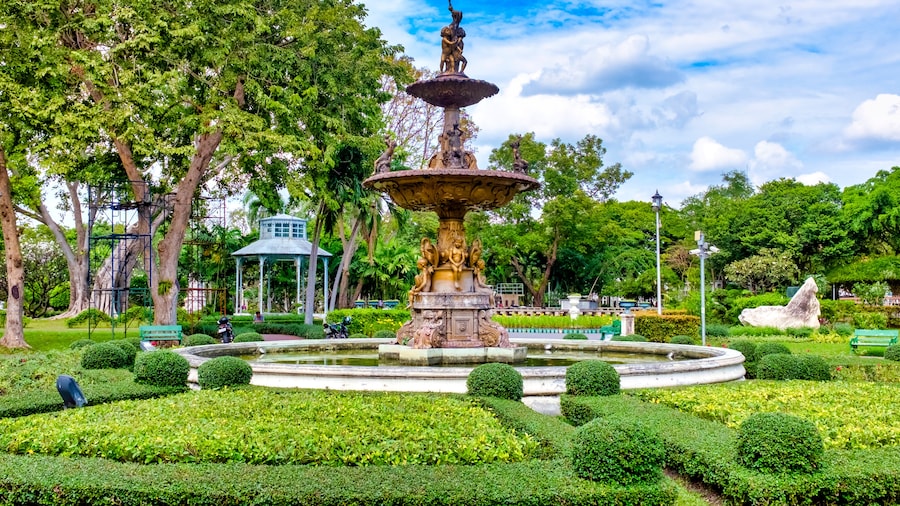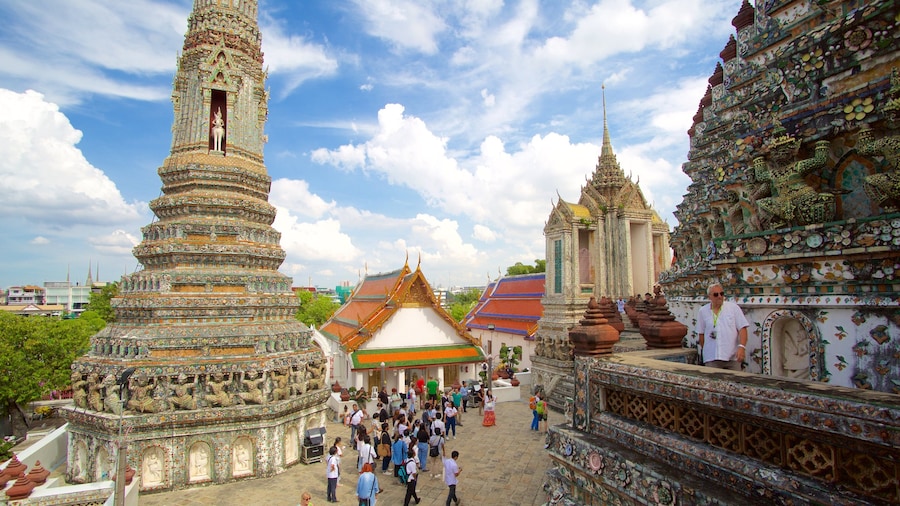Wat Po is also where people come to train in traditional Thai massage, and is one of the oldest public universities in the country.
Known as Wat Po to the Thais and the Temple of the Reclining Buddha to tourists, its full name is actually pretty long. Wat Phra Chetuphon Vimolmangklararm Rajwaramahaviharn was abbreviated to Wat Pho in reference to a monastery of the Ayutthaya period, Wat Phodharam. The temple has its origins in the time of the Chakri dynasty when it was established by King Rama I. Wat Pho then underwent 8 years of restoration under the direction of King Rama III and was finally given its present name by King Rama IV.
Wat Pho’s star attraction is the huge Reclining Buddha in the main hall. This 46-metre long statue is covered with gold leaf, except for the soles of his feet which are made of mother-of-pearl. There are 108 bronze bowls (symbolising the 108 positive characteristics of the Buddha) into which you can drop a coin for good luck.
Wat Pho is a vast temple containing more than a thousand different Buddha statues. The complex is also the site of a respected medical university and the famous Wat Pho Thai massage school. Treat yourself to a massage here from one of the therapists. Additional charges apply. To find out more about what Thai massage involves, visit the university library to find out more about Thai massage techniques.
Just over the road from the temple, there’s a monastery, where the resident monks will be glad to welcome you and maybe try out their English!
Wat Pho is open every day and charges an admission fee. Guided tours are available. The temple is located next to the Grand Palace complex, so the best way to get there is by taxi, tuk-tuk or ferry. Remember to respect the dress code and cover your arms, legs and feet.



